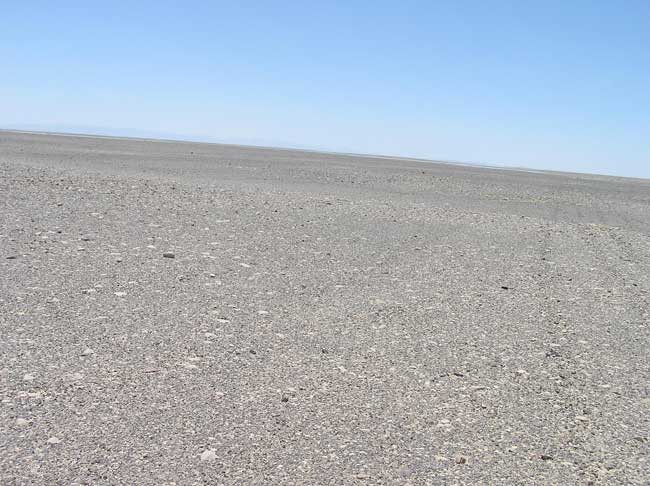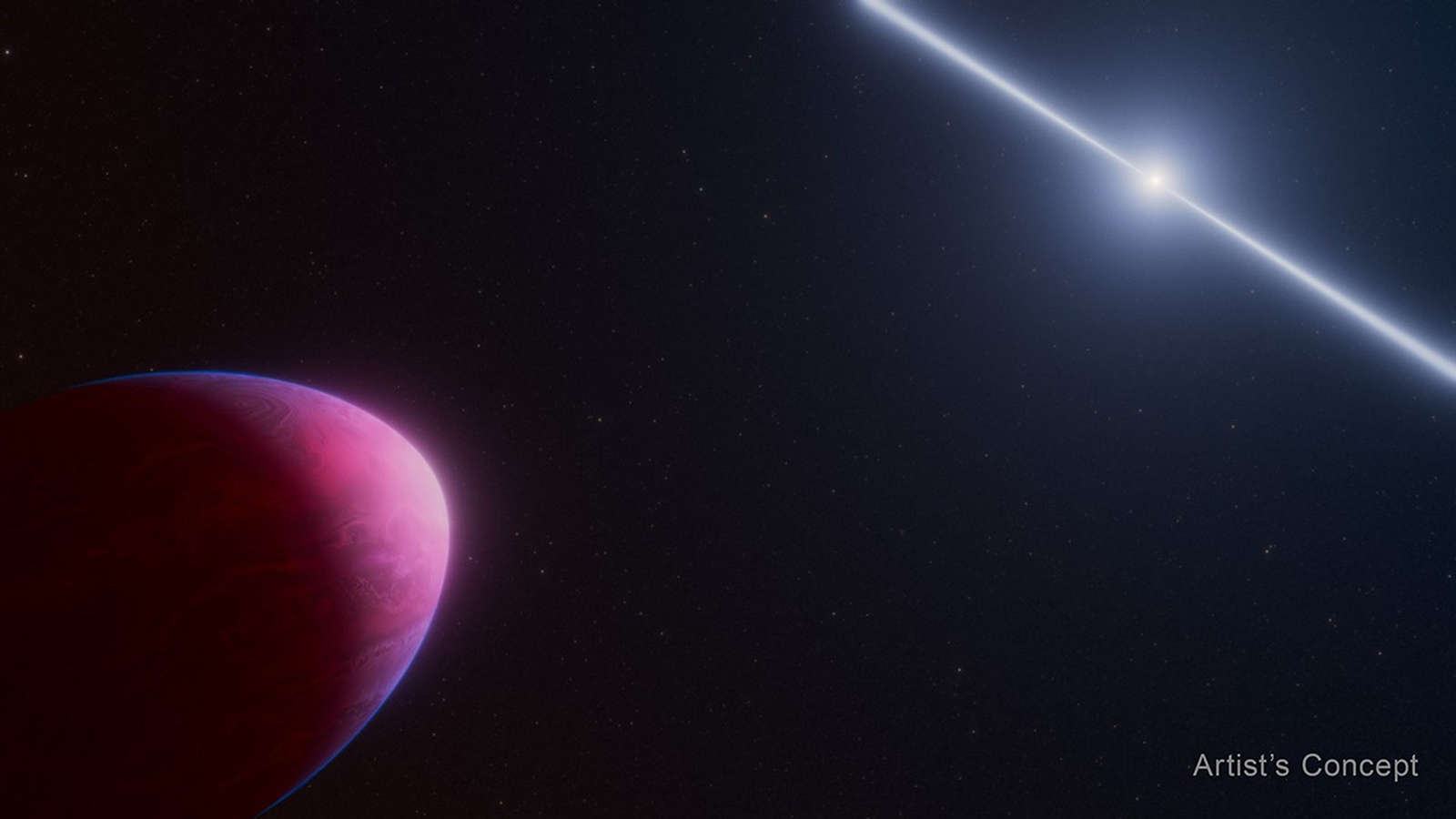Oldest Surface on Earth Discovered

Earth's surface is mostly fresh in geologic terms.
Weathering — wind and water, freezing and thawing — takes its toll, and longer-term changes caused by volcanic activity and sliding crustal plates, known as tectonic activity, fold today's ground into tomorrow's interior.
The constant makeover of the planet is typically fastest in the mountains, slower in the tectonically inactive deserts.
A new study of ancient "desert pavement" in Israel's Negev Desert finds a vast region that's been sitting there exposed, pretty much as-is, for about 1.8 million years, according to Ari Matmon and colleagues at Hebrew University of Jerusalem.
It is the oldest known vast expanse of surface area. In fact it is more than four times older than the confirmed next oldest desert pavement, in Nevada, according to an article at the web site of the American Association for the Advancement of Science.
The newly dated desert pavement does not represent the oldest material on Earth, however. A lot of individual rocks have been found that are much older.
But Matmon's team dated the entire surface as a "geomorphic feature," he told LiveScience. "Since the initial formation of desert pavement (the material we dated) is ... related to the age of the surface, we dated the surface itself," he said. "We did not choose the outstanding anomalous rocks on the surface."
Get the world’s most fascinating discoveries delivered straight to your inbox.
The results show that in regions that are extremely flat and arid, where tectonic activity is low and rocks are highly resistant to weathering, the surface can be preserved for millions of years, Matmon said. "This is something we were not sure about until now," he said.
The finding is detailed in the current issue of the journal GSA Bulletin.
The dating was done by measuring concentrations of a certain isotope, called 10Be, that is produced only at the surface and which indicates how long something has been exposed.
"The surface we dated most likely represents large areas in the Sahara and Arabia Deserts," Matmon said. "We hope to be able to collect samples from other locations in the Sahara and Arabia Deserts and establish the global extent of these old surfaces.
- 101 Amazing Earth Facts
- The Exciting Evolution of ... Rocks
- Quiz: Global Weather Extremes
Robert is an independent health and science journalist and writer based in Phoenix, Arizona. He is a former editor-in-chief of Live Science with over 20 years of experience as a reporter and editor. He has worked on websites such as Space.com and Tom's Guide, and is a contributor on Medium, covering how we age and how to optimize the mind and body through time. He has a journalism degree from Humboldt State University in California.



